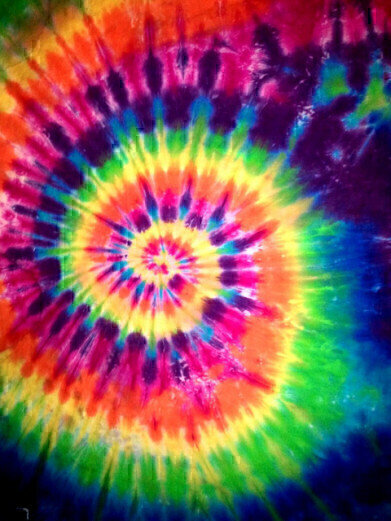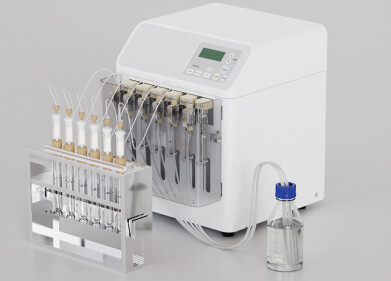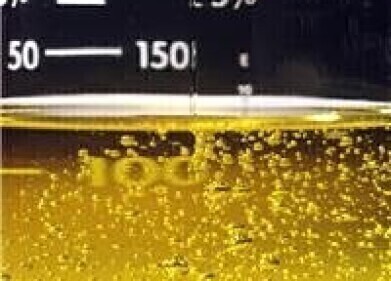Solid phase extraction (SPE)
Vera Wang's Fashion is Inspired by Chromatography
Nov 17 2015
Fashionista’s like to keep track of all things fashion — who is wearing who, where they wear it, who else wears it and perhaps most important of all, have they worn it before? Newspapers, magazines and the internet are full of articles and images of celebrities and royalty with comments about their clothes. Recent stories have concerned the royals — well the females — and the fact that they are wearing clothes that have seen the light of day before, perhaps five, ten or even twenty years ago.
But a recent story in the Huffington Post has given an interesting twist on the stories of celebrities wearing old clothes. And it seems the key to recycling old clothes to wear afresh — is chromatography. So dust off those old frocks and dresses and see how science can make them sparkle again.
Chromatography — separation science
Chromatography is one of the most powerful analytical tools available to chemists. Advances in column technology — with narrow and micro bore columns and specialist stationary phases — offer ever higher resolution as discussed in the article, Advances in Liquid Chromatography Particle Technology Perspectives on the Development and Future of Monodispersed Silica Supports.
But the origins of chromatography — including its name are linked with colour. The word chromatography has its origins in the Greek for colour (chroma) and to write (graphein) and it thus seems appropriate that it was chromatography that was behind Vera Wang’s restyling of a dress that has previously seen the red-carpet paparazzi’s flashbulbs. The article in the Huffington Post demonstrates that it is not just in laboratories that chromatography is at the forefront of experimentation.
Mobile phase, stationary phase
But how would you go about creating your very own chromatography inspired clothing? Remember that simple experiment you carried out at school where you separated the ink spot — it’s basically the same principle but with a different stationary and mobile phase. Chromatography — whether its peptides, monomers or ink spots — relies on the principle of partitioning. In chromatographic terms, how the sample mixture separates between the stationary and mobile phases.
In analytical or preparative chromatography this means how a sample separates between the column and the liquid or gas passed through it — when you separated the ink spot at school it meant the filter paper and water.
For making a new dress — the stationary phase is simply the fabric of the dress and the mobile phase is whatever solvent you use to act as a mobile phase. Different solvents will have different effects on the dyes used depending on how polar they are — Vera Wang used acetone.
Water is unlikely to have much effect — although it does a pretty good job of making my coloured fabrics bleed — as clothing manufacturers generally want the dyes used to be water fast. There is also the problem of the solvent starting to dissolve the fabric in the case of artificial fabrics. Choose your solvent wisely.
Personally, I prefer the chromatography inspired dress.
Image by SurFeRGiRL30
Events
Jan 20 2025 Amsterdam, Netherlands
Feb 03 2025 Dubai, UAE
Feb 05 2025 Guangzhou, China
Mar 01 2025 Boston, MA, USA
Mar 04 2025 Berlin, Germany












